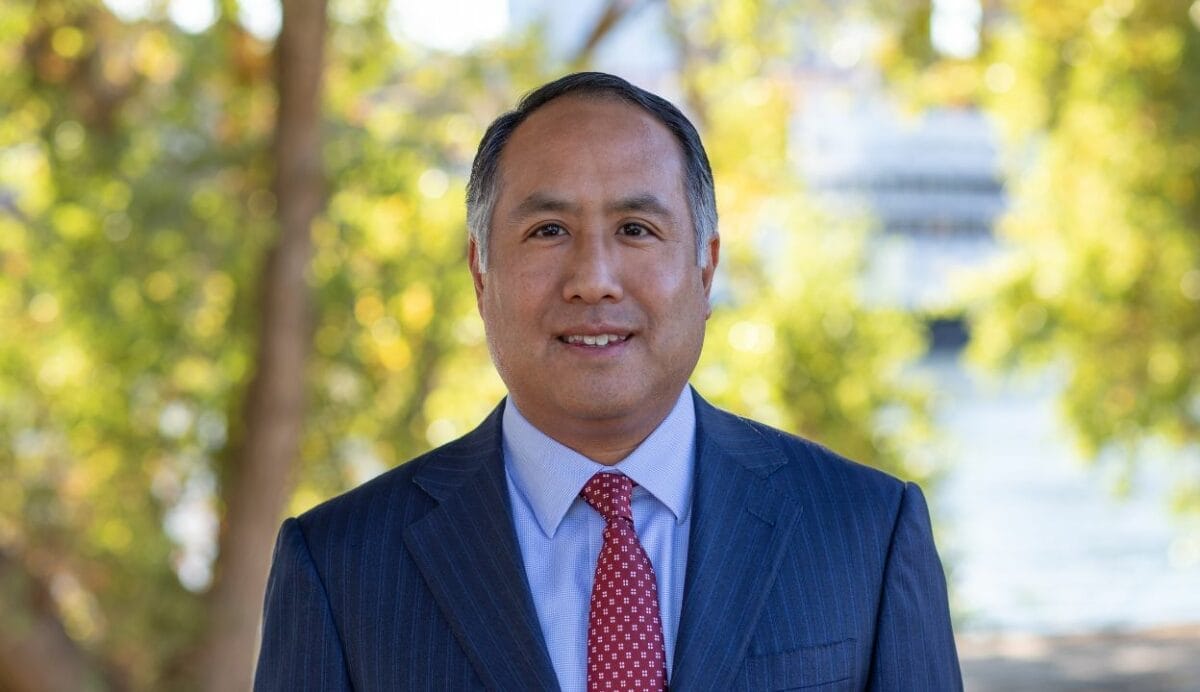Texas Teachers has further evolved its emerging manager program, launching EM 3.0 which includes a further $3 billion allocation to emerging manager partners. Head of the division Kirk Sims explains.
It is my privilege to lead the emerging manager program (EMP) at the Teacher Retirement System of Texas. The EMP allows structural flexibility, which I will outline below, that blends inclusion with innovation. I joined TRS in early 2019 knowing this opportunity is grounded in TRS’ strong appetite to build long-term relationships with the next generation of high performing managers. Previously I was responsible for the emerging manager program at Illinois Teachers Pension.
TRS is a $150 billion defined benefit pension plan and is currently the 6th largest fund in the US. The plan serves nearly 1.6 million participants and in 2018 paid more than $10 billion in benefits. The investment management division has 160 employees and commits to investment strategies that are both internally and externally managed. The EMP is a long-tenured platform (it began in 2005) with the initial capital being dedicated to private equity investments. This launch could be considered the initiation of what I will call EM 1.0. The program evolved over its first seven years, adding real assets, hedge funds and long only managers to its portfolio of investments.
The next generation of the program would see significant growth in allocated capital, while adding co-investments to the investment menu. This version of the program, EM 2.0, was highlighted by the maturing of existing relationships which in turn allowed managers to begin graduating from the Program into the main Trust.
Emerging managers 3.0
In 2019, with the launch of EM 3.0, TRS has further evolved the EMP. Coinciding with this phase, the TRS board of trustees approved a permanent allocation of 1.1 per cent of the trust to the EMP. This dedicated capital, which allows for increases as plan assets rise, is significant because it allows TRS to engage with the emerging manager community in new and innovative ways.
Evolving the program to its current EM 3.0 state required significant support from the board of trustees and the investment management division. It has been my experience that the most successful emerging managers programs have strong advocates within the board of trustees. At TRS, the plan benefits from the unified vision of the board chair and the chief investment officer. This vision permeates throughout the various investment teams and allows a robust opportunity set for engaging with our emerging manager partners.
Specifically, EM 3.0 established two new pools of capital for the emerging manager program. EM Innovation and EM Select. The expectation is that these two initiatives will allow $3 billion to be allocated over a three- to five-year time horizon:
EM Innovation– creates an open architecture platform across multiple structures in order to dynamically invest with emerging managers. This platform allows investments in more unique structures outside of the traditional fund of funds model used in many EMPs. EM Innovation allows investment across the spectrum, from fundless sponsors to mature emerging managers. Seeding vehicles, joint ventures, first time funds and increased co-investments are all possible investment structures. EM Innovation gives the overall program the ability to identify successful deal makers and invest in individual opportunities as they arise.
EM Select– allows TRS to continue to invest with a select group of exceptional managers which have shown excellent performance and have matured beyond the traditional definition of an emerging manager. The platform enables these managers to transition from the emerging manager program into the regular trust investment programs. One of the biggest challenges faced by all emerging manager programs is how to “graduate” the manager from the program into the main portfolio, given the size of checks normally written by the trust. As is typical for public pensions, TRS has a scarcity of internal resources and so has a limited ability to make smaller investments. However, because of the past demonstrated success of the EMP, TRS has chosen to allocate these resources to develop relationships with graduates of the program. TRS is one of the few programs that has a dedicated pool of capital to help with this transition and has committed $1 billion to the EM Select program.
Program partners
Given the scale of the EM 3.0 and the complexity of doing principal investments, it was prudent for TRS to find highly competent partners to engage with TRS personnel. The EMP chose two such partners: Grosvenor Capital Management for private markets investments and RockCreek for hedge funds and public equity investments. Both of these firms have proven expertise in sourcing managers and generating significant alpha for their clients.
Inclusion on multiple levels
The TRS emerging manager program, by its very existence is inclusive. It is extremely challenging for smaller managers to break into the investment portfolios of larger pension funds. Average check sizes are too large for where the emerging manager is within the firm’s life cycle. For example, a $150 million fund I launch is well under the radar for a pension that typically makes $200-300 million commitments.
An additional challenge for emerging manager programs includes performing due diligence as attribution/track record for a potential emerging manager may not be portable or is less than three years old.
However, the EMP at Texas Teachers’ has allowed new managers an opportunity to grow their business and establish a track record of success long before they have the scale to be an investment in the trust portfolio. This initial capital allocation enables TRS to establish strong relationships with the managers which continue to develop over time as the firms grow. And while several pension plans around the country share this inclusive traditional model for their EMPs, TRS has expanded inclusivity beyond this model with EM 3.0.
TRS’ EM Innovation program enables investments with managers that don’t want or cannot execute more traditional fund structures. The expansion beyond the traditional fund structure and co-investment opportunities in turn, allows greater potential for alpha generation within the program.
Another definition of inclusion is a focus on diverse managers in both ethnicity and gender. The EMP is currently 52 per cent minority or women-owned, having crossed the 50 per cent threshold this year. Increasing the opportunity set for diverse managers is one of the goals of EM 3.0 and I expect the 52 per cent to keep rising over time.
In closing, the launch of EM 3.0 has provided TRS of Texas a unique opportunity to engage at a high level with the emerging manager universe. As the program head, I am excited to lead this charge. Over the next 12 months, expect to see me and members of my team at numerous industry events. We look forward to helping launch the newest generation of successful managers for the benefit of us all.
Kirk Sims heads TRS’ emerging manager program.



